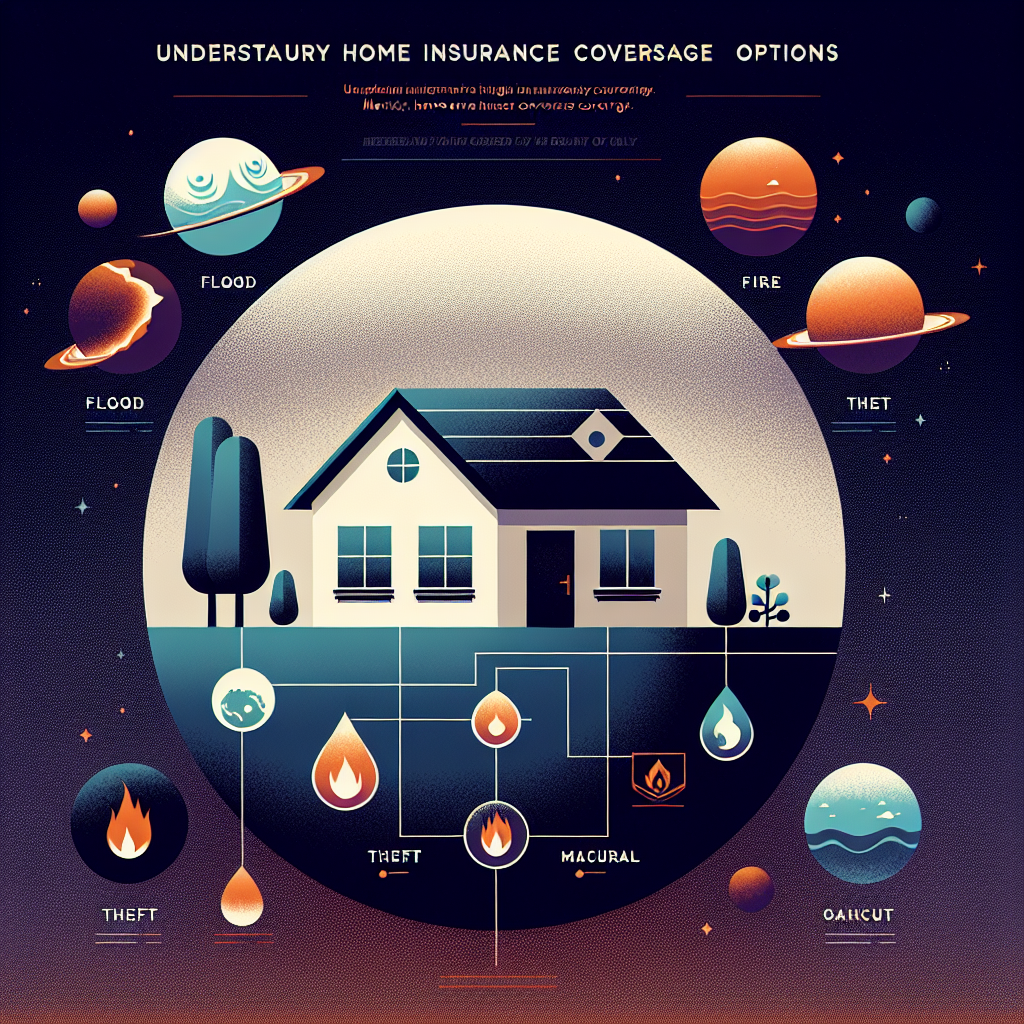Filed under Home Insurance on
Understanding Home Insurance: Dwelling Coverage Explained

In the realm of home ownership, protecting your investment is of utmost importance. One essential aspect of this protection is having the right home insurance policy. Among the various components of home insurance, dwelling coverage stands as a critical player in safeguarding your property. In this blog post, we delve into the intricacies of dwelling coverage, helping you understand its significance and scope.
What is Dwelling Coverage?
Dwelling coverage is a fundamental component of most home insurance policies. It refers to the portion of your policy that helps cover the cost of repairing or rebuilding your home in case of damage or destruction due to covered risks such as fire, windstorms, hail, and even vandalism. In essence, dwelling coverage is your shield against the financial fallout of unforeseen damages to the physical structure of your home.
Why Is Dwelling Coverage Important?
Given the substantial investment involved in purchasing a home, ensuring its protection is a financial necessity. Without adequate dwelling coverage, homeowners could face significant out-of-pocket expenses in the event of damage. Thus, understanding dwelling coverage and its parameters can offer peace of mind, knowing that your asset is secured against calamity.
The Scope of Dwelling Coverage
Understanding the scope of dwelling coverage requires dissecting what is included under this protective umbrella. Primarily, dwelling coverage encompasses the main structure of your home.
Included Structures and Features
- Main House Structure: This includes the walls, roof, foundation, and internal systems such as plumbing and electrical wiring.
- Attached Structures: Structures directly attached to your home, such as garages and decks, typically fall under dwelling coverage.
- Built-in Appliances: In some cases, fixed appliances like water heaters can be covered within your dwelling policy.
It is crucial to recognize that while dwelling coverage offers comprehensive protection for your home's structure, other aspects, like personal belongings or detached structures (e.g., standalone sheds), might require additional coverage.
Exclusions and Limitations
To avoid potential pitfalls, homeowners should be aware of standard exclusions from dwelling coverage. Generally, this form of coverage does not extend to:
- Flooding: Damage from floods typically requires separate flood insurance. Understanding local environmental risks can guide you in purchasing necessary additional protection.
- Earthquakes: Similar to flood coverage, damage from earthquakes is not covered under standard dwelling insurance.
- Normal Wear and Tear: Routine maintenance issues are excluded, emphasizing the need for regular home upkeep.
Understanding these exclusions can help guide conversations with your insurance provider, ensuring the purchase of a comprehensive coverage package.
Calculating the Right Amount of Dwelling Coverage
Determining the appropriate level of dwelling coverage is pivotal for effective protection. An underinsured home can lead to significant financial shortfalls when seeking to repair or rebuild.
Replacement Cost Value (RCV) vs. Actual Cash Value (ACV)
Understanding the difference between replacement cost value and actual cash value is essential in calculating dwelling coverage. RCV accounts for the cost of replacing your home with similar materials at current prices, without factoring depreciation. Conversely, ACV considers depreciation, potentially leading to lower payouts.
Factors Affecting Dwelling Coverage Amounts
Various elements factor into determining your coverage amount, such as:
- Home Size and Materials: Larger homes or those constructed with luxury materials require higher coverage limits.
- Local Construction Costs: Regional variations in labor and material costs influence how much coverage you might need.
- Home Features: Unique architectural features may demand specialized appraisal and coverage considerations.
Engaging a local appraiser or a trusted insurance agent can provide insights into the appropriate coverage amount based on these factors.
Expert Opinions and Industry Trends
Modern developments and expert insights into dwelling coverage can shape homeowners' insurance decisions. Recent industry trends reveal an uptick in premiums due to natural disasters. This highlights the importance of evaluating dwelling coverage against the backdrop of environmental changes.
Experts suggest regular policy reviews to align coverage with inflation rates and rising construction costs. Additionally, improvements in risk assessment technologies have enabled more precise modeling of potential hazards, assisting homeowners in making informed decisions.
Enhancing Dwelling Coverage Through Endorsements
To tailor an insurance policy more closely to your needs, consider exploring endorsements or riders. These additions can extend your coverage beyond the standard offerings.
Common Endorsements
- Extended Replacement Cost: Provides additional funds to cover rebuilding costs that exceed the dwelling limit. This is particularly useful in times of economic inflation or unforeseen spikes in construction costs.
- Building Code Upgrades: Coverage for costs associated with rebuilding to meet current building codes, especially beneficial for older homes.
These endorsements can bridge potential gaps in your policy, providing a more secure safety net for your home investment.
Final Thoughts on Dwelling Coverage
Understanding the nuances of dwelling coverage sets a strong foundation for comprehensive home protection. It is vital to engage with your insurer, dissect your policy details, and seek professional advice when necessary. Dwelling coverage transcends beyond a mere insurance component—it is your home's first line of defense against the unpredictable.
Taking proactive steps to review and optimize your dwelling coverage can prevent unnecessary financial strain in the face of adversity. As trends and environmental conditions evolve, periodically revisiting your coverage ensures it remains robust and aligned with your needs.
Embark on securing your peace of mind today by fully understanding and optimizing your dwelling coverage, protecting both your home and future with confidence.





